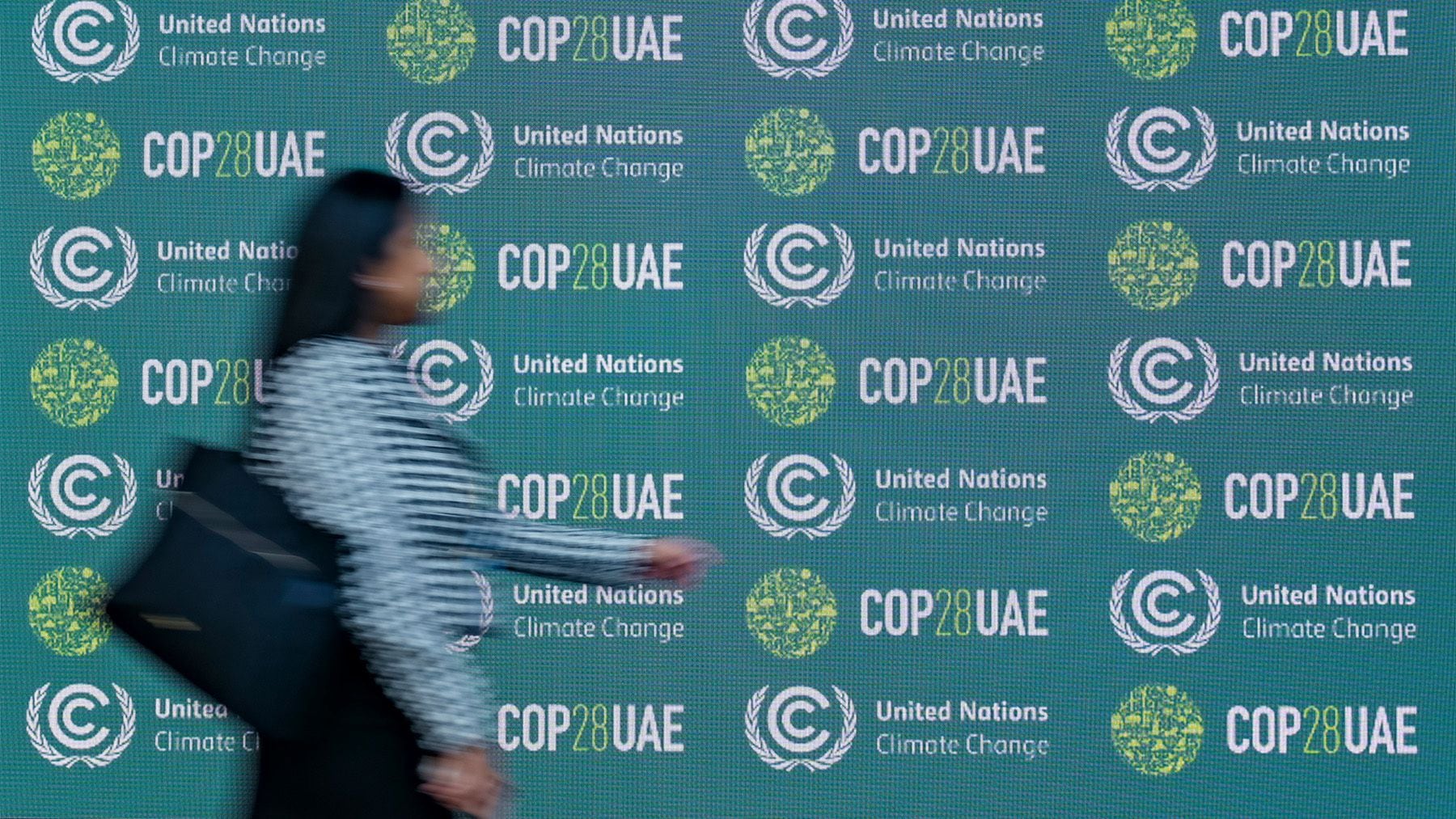
On Thursday, world leaders, business executives and civil society advocates will gather in Dubai for the UN’s annual Conference of the Parties (COP) climate summit, a marathon of talks and negotiations aimed at moving the world towards delivering on climate ambitions.
The outlook is not good. The world is currently headed for a series of critical environmental “tipping points” that could “shake the foundation of our societies,” threatening access to water, wiping out whole species and creating unliveable conditions, according to a UN report published in October.
The consequences would be very, very bad for business, too; climate change is already threatening fashion’s supply chains and changing the way people shop.
Efforts to curb the planet-heating emissions that are a leading cause of these threats have so far proved underwhelming. And yet, over the coming two weeks, diplomats from nearly 200 countries will try to draft an agreement to change this trajectory.
Though fashion has not historically shown up with the force of other sectors with more active lobbying strategies, it will be there too, with attendees including LVMH, Global Fashion Agenda and Fashion Revolution. This year, environmental advocacy groups are aiming to push the industry’s role in contributing to climate change up the agenda, while trade groups will give their usual updates on industry action.
Here’s what fashion’s leaders should be watching for over the coming two weeks of climate negotiations.
Taking Stock
This year’s COP concludes the first formal check in on whether countries are delivering on the internationally agreed goal established in Paris in 2015 to limit global warming to no more than 1.5 degrees Celsius above pre-industrial levels.
Studies published in the run up to the summit are stark in their conclusions of how far off track things currently stand. Based on existing pledges, temperatures are set to rise up to 2.9 degrees Celsius, the UN Environment Programme said last week.
Fashion is doing no better. While the companies in the industry rank among the world’s most prolific setters of climate targets, its greenhouse gas emissions are on track to grow 45 percent to hit 1.3 gigatonnes by 2030, according to an analysis published in June by industry coalition Apparel Impact Institute.
It’s hoped the review concluding at COP, known as the global stocktake, will lay the groundwork for more ambitious action and in turn increase the pressure on companies to start delivering on their commitments.
“There is no person or economy left on the planet untouched by climate change, so we need to stop setting unwanted records on greenhouse gas emissions, global temperature highs and extreme weather,” UNEP’s executive director Inger Andersen said in a statement last week. “We must instead lift the needle out of the same old groove of insufficient ambition and not enough action, and start setting other records: on cutting emissions, on green and just transitions and on climate finance.”
Funding Loss & Damage
Increasingly conversations at COP aren’t just about halting heating, but adapting to the impacts of climate change.
It’s an increasingly pressing issue for fashion brands: rising temperatures and intensifying flooding in key manufacturing hubs are set to cost the fashion industry billions of dollars in lost production by 2030, according to a September study by Cornell University’s Global Labour Institute and investment firm Schroders.
Production of crucial raw materials like cotton and productivity and health among garment workers is already under threat, with this year set to be the world’s hottest on record. Next year may be hotter still.
That’s partly because of the return of the El Niño effect, a naturally occurring and cyclical warming in the Pacific Ocean that can cause short term increases in global temperatures. But man-made climate change is making things worse, resulting in more extreme and more destructive weather.
The climate extremes are fuelling tensions over the unequal distribution between wealthy countries and consumers most responsible for planet-warming emissions and the poorer nations and populations most at risk from their impacts.
At this year’s COP, nations are expected to finalise the details of a so-called “loss-and-damage” fund they agreed to create last year to help poor countries vulnerable to climate change. It’s something brands should be thinking about too, as the cost of climate inaction
Fossil Fuel Phase Out
Perhaps one of the most politically contentious points of the summit will be whether governments can agree a deal to replace high-emission fossil fuels with renewable alternatives.
It’s a challenge for fashion; much of the sector’s manufacturing relies on low-cost energy from coal, the world’s dirtiest fossil fuel. A global agreement to ditch these emissions-intensive fuels could help the industry come up with a credible pathway to decarbonise.
But, a proposal for a fossil-fuel phase out was blocked last year by oil, gas and coal-producing nations and the summit’s location in oil-rich Dubai this year has many sceptical of progress. (The fact that the United Arab Emirates named the head of its national oil company to lead this year’s summit has done little to shake that impression).
Nonetheless, a number of big businesses — fashion and beauty groups among them — have come out in favour of a phase out. More than 130 companies, including sporting goods retailer Decathlon, Brazilian beauty group Natura & Co and Unilever, wrote an open letter last month urging global leaders to agree to a timeline to ditch fossil fuels at COP.
Meanwhile, environmental advocates are pushing for conversations around phasing out fossil fuels to include oil-based plastic materials like polyester.
Regardless of the outcomes, brands would be foolish to ignore the business threats presented by the climate crisis, with the cost of inaction only going to get worse.


